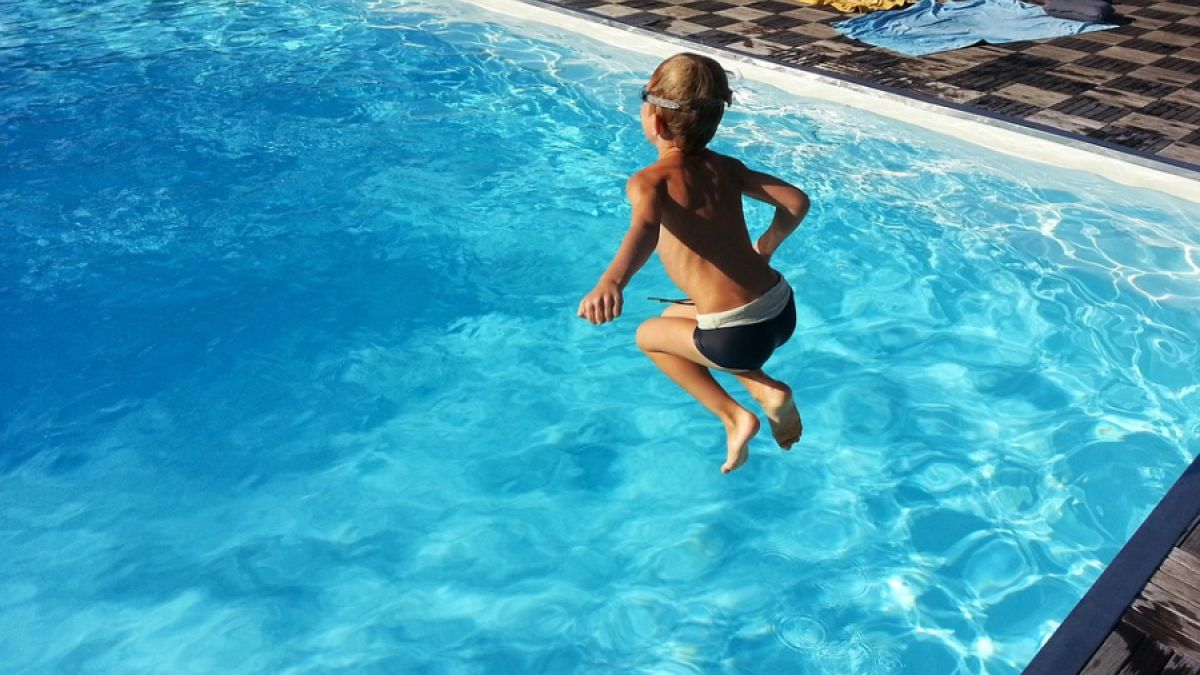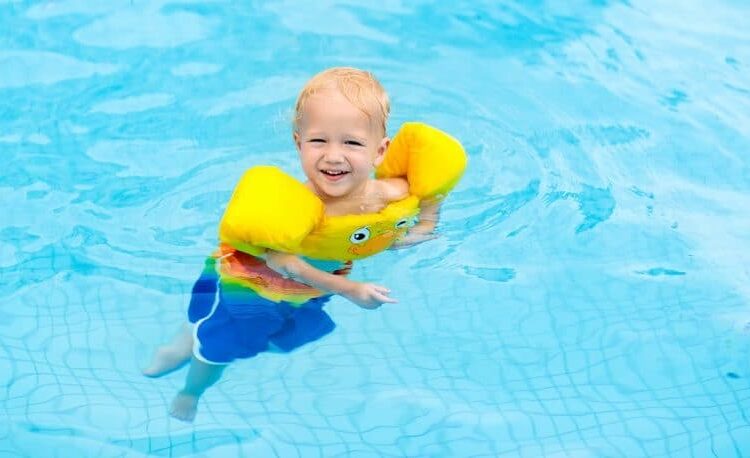As summer approaches and families flock to pools and lakes, it’s crucial to prioritize water safety to prevent tragic accidents.
Water Safety at Home
May, designated as National Drowning Prevention Month, is a timely reminder of the importance of vigilance, especially as drowning is a leading cause of childhood death. The American Academy of Pediatrics highlights that children under 4 years old are particularly at risk, with 69% of drownings occurring during non-swim times. While early exposure to water and swimming lessons are vital for safety, there are additional measures parents should take to safeguard their children at home, on vacation, or near any body of water. Babies can drown in as little as one inch of water, making constant supervision essential.

Parents should consider learning CPR to be prepared for emergencies. The American Red Cross provides detailed instructions for administering CPR to toddlers and babies. To further enhance safety, Safe Kids Worldwide, a nonprofit dedicated to reducing unintentional injuries to children, offers the following home water safety tips:
- Empty all tubs, buckets, containers, and kiddie pools immediately after use and store them upside down out of children’s reach.
- Keep toilet lids closed and doors to bathrooms and laundry rooms locked when not in use.
- Install fences at least 4 feet tall with self-closing and self-latching gates around pools.
- Consider installing alarms on house doors leading to the pool area, as well as floating or below-water alarms in the pool. While alarms are not substitutes for fencing and supervision, they provide an extra layer of security.
- Keep rescue equipment, such as a shepherd’s hook or life preserver, and a phone by the pool.
Water Safety at Public Pools
When visiting public pools, the National Drowning Prevention Alliance (NDPA) emphasizes the importance of five layers of protection to ensure a safe experience, particularly for young children under 5 years old. Drowning is quick and silent, often occurring in as little as 30 seconds.
To prevent drowning, the NDPA suggests the following measures:
- Enroll children in infant swim lessons to teach them how to float and swim, reducing the risk of drowning by up to 90% for children aged 1 to 4.
- Ensure children who lack water competency wear life jackets at all times.
- Designate a water watcher whose sole responsibility is to monitor children around water without distractions.
Stay Safe Around Natural Bodies of Water
Family outings to lakes and other natural bodies of water create cherished memories but require heightened vigilance. Parents should avoid consuming excessive alcohol while supervising children and be mindful of the following tips from the Massachusetts Injury Prevention and Control program:
- Ensure children wear U.S. Coast Guard-approved life jackets near water. Avoid using air-filled or foam toys such as “water wings,” “noodles,” or inner tubes as substitutes for life jackets.
- Teach children that rough play and climbing on each other in the water are dangerous.
- Choose swimming sites with lifeguards whenever possible. However, remember that lifeguards enforce rules and scan the area but cannot watch each child individually.
- When infants and toddlers are in or around water, an adult should always be within arm’s length, providing “touch supervision.”
- Avoid letting children swim in areas with strong currents.

By following these guidelines and remaining vigilant, families can ensure safe and enjoyable water activities throughout the summer.
